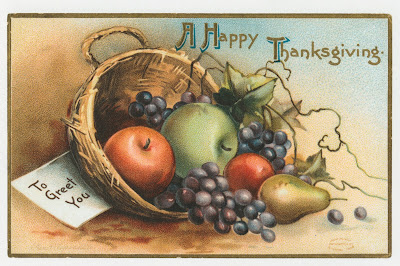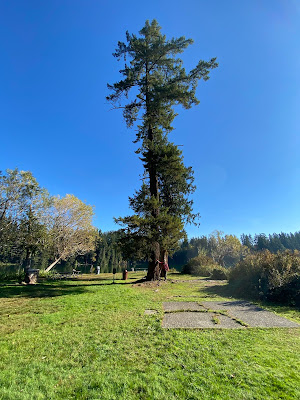Entrance sign to the Cougar Mountain Regional Park, Harvey Manning Trailhead
We made two stops here. The first stop was at the Anti-Aircraft Radar Park where there is a sign announcing a million dollar view. There was lowland fog when we were there but we still could see Mt. Baker in the distance.
Fog bank with Mt. Baker
After admiring the view we got back in the car and headed over to the rest of the regional park area.
Historical information about how the park came to be and a picture of Harvey Manning.
The Cougar Mountain Regional Park has many interconnecting trails. We decided to do a short loop this time. A person could probably spend more than one
day just exploring all the different options.
This is an old coal mining area that still has underground tunnels. This warning sign at the trailhead
advises hikers to stay on the designated trails and not wander off them
because of possible hidden mine openings or cave-ins.
We saw one large mine opening that had a low wooden fence around it but did not go over close enough to see what was there, or take any pictures. The trail surface is packed dirt and, at this time of year, fallen leaves. There are a few tree roots but mostly this is an easy walking trail.
These two photos show views of trail sections. The wide mining road on the Red Town portion of the trail above and the narrower, steeper, Wildside trail we took to make a loop back to the trailhead, below.
All the various trails have names and numbers, there are signs pointing the way to go depending on which trail you want to try. We started out on the Red Town trail and switched over to the Wildside trail to make an approximately 2-mile loop. We did not take trekking poles, but could have maybe used them on a couple of steep down hills on the Wildside trail. There are port-a-potties at the trailhead. The elevation here is about 1500 feet. The sky was blue with bright sun, crispy and cold, in the 30s F, with frost in places.
Frosty leaves
Two rocks tipped together made an interesting arch.
Fungi, toadstools? mushrooms?
Licorice ferns
No flowers at this time of year but we saw pretty white fungi growing on one tree and licorice ferns growing on another one.
Count for the day: 12 hikers, 7 dogs
2 miles RT, no appreciable elevation gain.


































